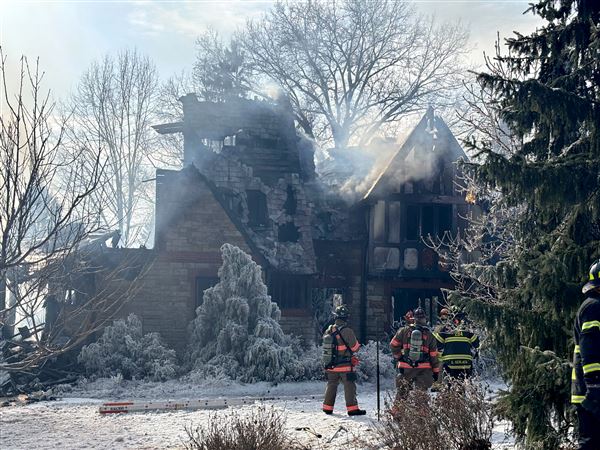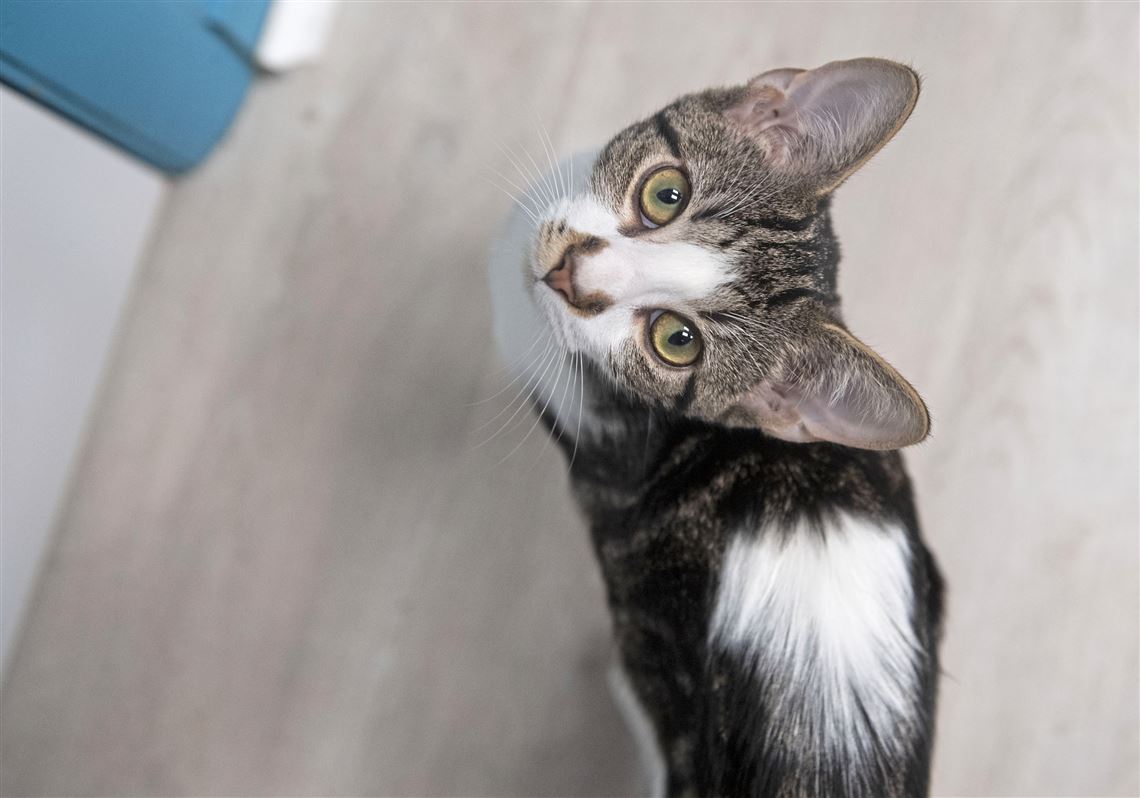Cats are single-minded creatures.
They like to nap in the sun. They like to tear through a room at high speed and odd hours for no apparent reason. And they like to scratch.
Outside, they’ll scratch at tree bark. In a lap, they’ll scratch at any bare skin they can find. And around the house, they’ll scratch most anything they can get their paws on. That’s what cats do.
The best-behaved cats are content with scratching posts, those towers wrapped in cord and carpet, but let’s be honest: A cat that’s willing to confine its claws to an assigned spot is a rare find.
That means anyone who has agreed to house a cat must accept the fact that cats scratch. Pittsburgh City Council has made that message clear in adopting legislation that bans the declawing of cats in the city except in rare instances where it is medically necessary for the animal.
Last month,, council gave final approval to the measure sponsored by Councilman Bobby Wilson and co-sponsored by members Bruce Kraus and Anthony Coghill. In prohibiting declawing the city joins a long list of places and organizations that do so.
Veterinarians and animal advocates long have lobbied against declawing for convenience, a once popular but cruel procedure that is not, as one might assume, akin to removing an ingrown nail in a human. Declawing, more accurately described as “de-knuckling,” is a major surgical procedure in which a cat’s toes are amputated to the last bone. Complications can include pain from nail regrowth or residual bone fragments and infection, according to the Paw Project, a California-based nonprofit that advocates to eliminate the surgery from vet offices in the U.S. and Canada.
The Paw Project points out that some cats become irritable, lash out by biting or avoid the litter box because the grainy surface hurts their paws.
Most responsible vets are not willing to offer the procedure when it serves no purpose for the animal. The new city ordinance allows for exceptions when doing so would address a therapeutic purpose such as “an existing or recurring illness, infection, disease, injury, or abnormal condition of the cat which compromises the cat’s health. The term does not include a cosmetic or aesthetic reason or reasons of convenience for keeping or handling the cat.”
The law is sound because it gives sufficient leeway to veterinarians but bans the practice when requested by an owner whose sole interest is protecting carpets and furniture from damage by clawing cats.
Dr. Jennifer Conrad, founder and director of the Paw Project, offered this succinct argument against declawing to city council: “I went to vet school to protect cats, not couches.”
She is correct, and so is council’s ban.
Anyone who doesn’t want to see damage done to their furniture should not adopt a cat. Perhaps a frog or a fish or a bird would be a more suitable companion. Unfortunately, none of them is likely to snuggle up and purr while passing judgment on the poor quality of pet food its owner might have purchased.
First Published: October 9, 2021, 9:00 a.m.

















